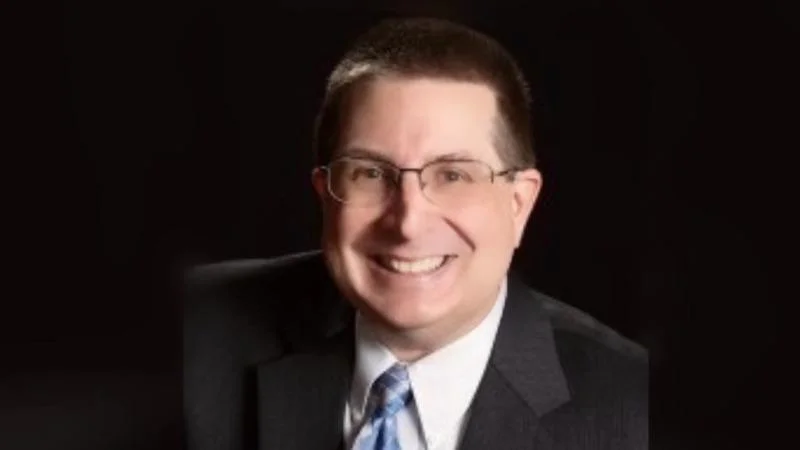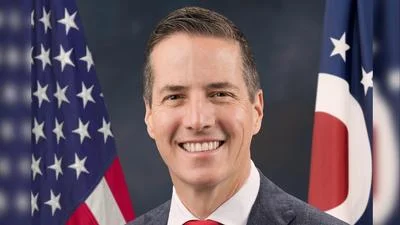Dean Rieck, Executive Director at Buckeye Firearms Association | LinkedIn
Dean Rieck, Executive Director at Buckeye Firearms Association | LinkedIn
Many people claim that the Founding Fathers could not have conceived of repeating rifles when they drafted the Second Amendment to the Bill of Rights. However, the story of Joseph Belton and his correspondence with the Continental Congress suggests otherwise.
Belton, an inventor and gunsmith from Philadelphia, claimed to have devised a new flintlock musket capable of firing as many as sixteen consecutive shots in as little as twenty seconds. After the gun had fired its consecutive loads, it could then be reloaded individually like other traditional firearms of that era. He first wrote to Congress about his invention on April 11, 1777, offering to demonstrate it at any time.
Intrigued by Belton’s claim, Congress ordered 100 examples of his “new improved gun.” They authorized him to oversee the construction or alteration of existing guns so they could discharge eight rounds with one loading and stated he would “receive a reasonable compensation for his trouble, and be allowed all just and necessary expences [sic].”
On May 7, Belton replied to Congress with his terms regarding what he felt was “reasonable compensation.” To determine his fee, Belton proposed arming 100 soldiers with his invention and demonstrating their capabilities to a panel of four military officers — two chosen by Congress and two by Belton. The officers would then determine how many men they felt Belton’s 100 men were equivalent to when carrying a standard firearm.
For doubling manpower, Belton felt entitled to £1,000 for every 100 men armed from a given state. He justified this price by claiming that equipping and clothing 100 men would cost more than £1,000. If all 13 states outfitted 100 men each, Belton would receive £13,000 (equivalent to £1.9 million today).
Belton argued that arming 3,000 men or more with his invention created enumerable battlefield advantages, making his compensation “vastly reasonable.” His terms were non-negotiable; if Congress refused or attempted to haggle, he would withdraw his offer completely.
The next day, on May 8, Belton wrote a letter to John Hancock lowering his fee structure: £500 for doubling manpower, £1,500 for tripling it, £2,000 for quadrupling it.
On May 15, Congress read Belton’s letter but quickly dismissed it due to his “extraordinary allowance.” Assuming he would take their lack of reply as refusal, they did not respond further.
Having heard nothing from Congress for over a month, Belton wrote again on June 14. This time he claimed he could accurately hit targets out to 100 yards and possibly even out to 200 yards. He offered a demonstration at the State House Yard.
However, on June 14th itself, Congress was preoccupied with approving the design for a national flag. Consequently, Belton's letter went unanswered until almost a month later when he wrote again on July 10. This time he pointed out that Great Britain regularly paid £500 for lesser services and suggested that if "the little Island" could afford such payments," surely this "extensive continent" could do likewise.
He also enclosed a letter signed by General Horatio Gates and Major General Benedict Arnold (before his betrayal), among others. The signatories asserted that Belton’s invention would be of “great Service” in various defense scenarios and recommended "a handsome [sic] reward from the Publick [sic]."
Receiving this letter immediately prompted Congress to refer Belton’s petition to the Board of War on July 10. The board included notable figures such as John Adams and Benjamin Harrison V.
Nine days later on July 19th came word from the Board of War: they dismissed his petition altogether. At this point history records no further correspondence between Belton and Congress.
Despite Joseph Belton's failure in convincing the Continental Congress to outfit soldiers with his repeating rifle invention remains significant historically. His gun existed in1777—fourteen years before ratification Of The Bill Of Rights in1791 indicating Founding Fathers' awareness & pursuit towards advancing firearm technology despite eventual cost-prohibitive issues hindering development agreements reached defining 'reasonable compensation'.
Next time someone argues against Second Amendment's applicability beyond flintlock firearms share Joseph-Beltons-story highlighting early American engagement innovating weaponry extending protective rights beyond single-shot designs envisioned initially.
Republished permission AmmoLand
Become member Buckeye Firearms Association support grassroots efforts defending advancing YOUR RIGHTS!






 Alerts Sign-up
Alerts Sign-up